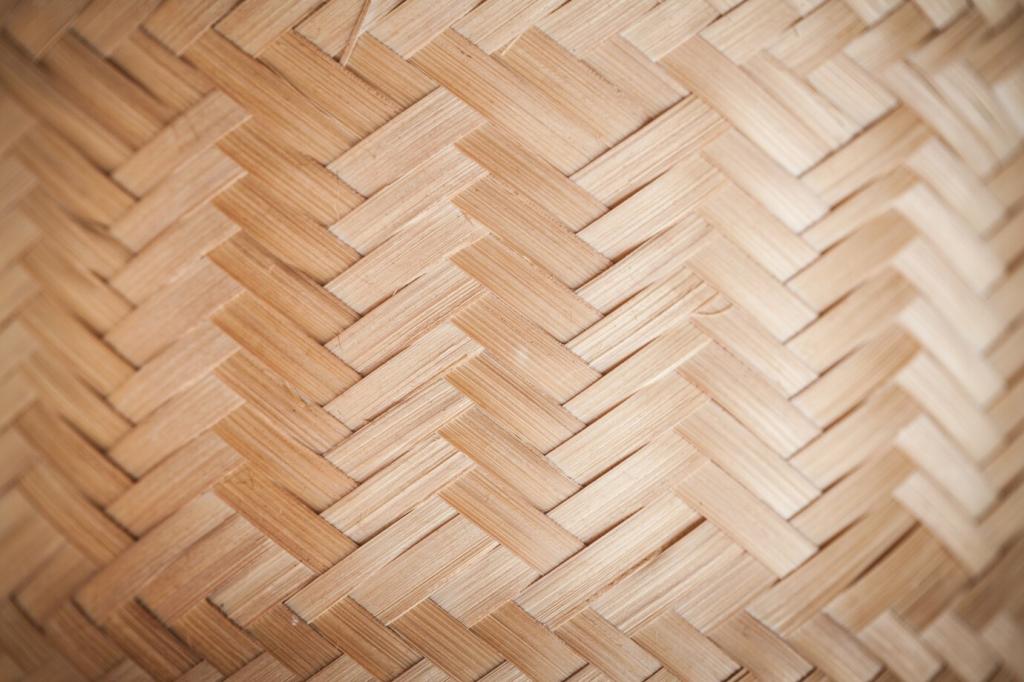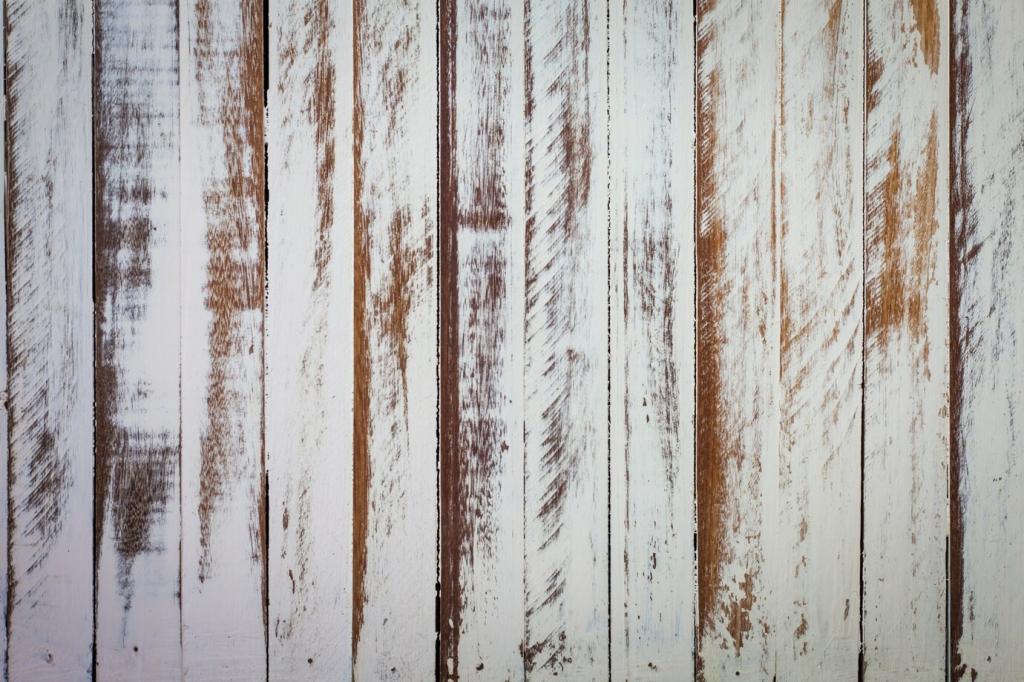Sustainable Hardscaping Solutions: Beauty That Works With Nature
Every site belongs to a larger watershed. Map slopes, observe where puddles form, and consider infiltration first. Shape paths to guide rain into planted areas, not toward drains. Share your runoff headaches, and we will explore tailored, site-sensitive solutions together.
Foundations of Sustainable Hardscaping
A patio that lasts twice as long can halve its environmental impact. Choose systems that resist freeze–thaw cycles, allow easy removal of damaged units, and welcome future upgrades. Comment with your climate zone so we can suggest resilient assemblies and joint materials.
Foundations of Sustainable Hardscaping
Permeable pavers and porous gravel
Permeable pavers create joints that allow stormwater to infiltrate a prepared base, dramatically cutting runoff. Porous gravel, when stabilized with honeycomb grids, remains accessible and tidy. Tell us your soil type, and we will suggest base depths and gradations for reliable infiltration.
Reclaimed brick and salvaged stone
Reclaimed brick carries character and reduces demand for new manufacturing. Salvaged stone slabs transform into garden steps and benches with minimal processing. If you have a local demolition yard, ask about mixed pallets. Post your finds, and we will help plan patterns that minimize cuts.
Low‑carbon concrete and geopolymer mixes
Supplementary cementitious materials like fly ash, slag, and calcined clays lower cement content without sacrificing strength. Emerging geopolymer mixes reduce emissions further. Curious about finishes? Comment to receive a guide to broomed, exposed aggregate, and seeded surfaces optimized for traction.
Water‑Wise Strategies That Protect Your Site
Direct downspouts across permeable paths into underground reservoirs or modular tanks. Use harvested water to rinse tools or irrigate beds during dry spells. Share your roof area and average rainfall, and we will help estimate the storage volume that truly makes a difference.


Water‑Wise Strategies That Protect Your Site
Shallow, planted swales along the edges of patios gather and filter runoff while framing space beautifully. Deep‑rooted natives stabilize banks and host pollinators. Show us a sketch of your layout, and we will suggest planting palettes matched to sun, shade, and seasonal flows.
Design for People, Planet, and Comfort
01
Choose light‑colored, high‑albedo surfaces to reflect heat, and pair them with deciduous shade trees. Permeable joints release ground moisture that cools summer air. Tell us your hottest month and sun exposure, and we will suggest a shade strategy that keeps gatherings comfortable.
02
Sustainability includes everyone. Aim for smooth transitions, firm yet permeable surfaces, and tactile cues near steps. Texture adds grip without harshness. Describe who uses your space, and we will help balance accessibility, elegance, and long‑term maintainability in your material choices.
03
Warm, shielded fixtures reduce light pollution and protect nocturnal wildlife. Mount lights low, wash surfaces gently, and add timers or motion sensors. Share photos of your evening pathways, and we will recommend placements that highlight textures while preserving dark‑sky serenity.
Real‑World Story: A Driveway Rethought
The problem we inherited
Every thunderstorm sent sheets of water toward the garage, carrying grit into drains. The surface heaved in winter, and puddles froze dangerously. Neighbors complained about runoff. Comment if that sounds familiar, and share your driveway width so we can suggest right‑sized options.




Get Involved: Share, Learn, and Shape Future Topics
Try a small permeable path segment before committing to a full patio. Note installation steps, comfort, and drainage performance. Share your mini‑pilot results, and we will turn standout experiments into practical guides others can follow with confidence and fewer surprises.

